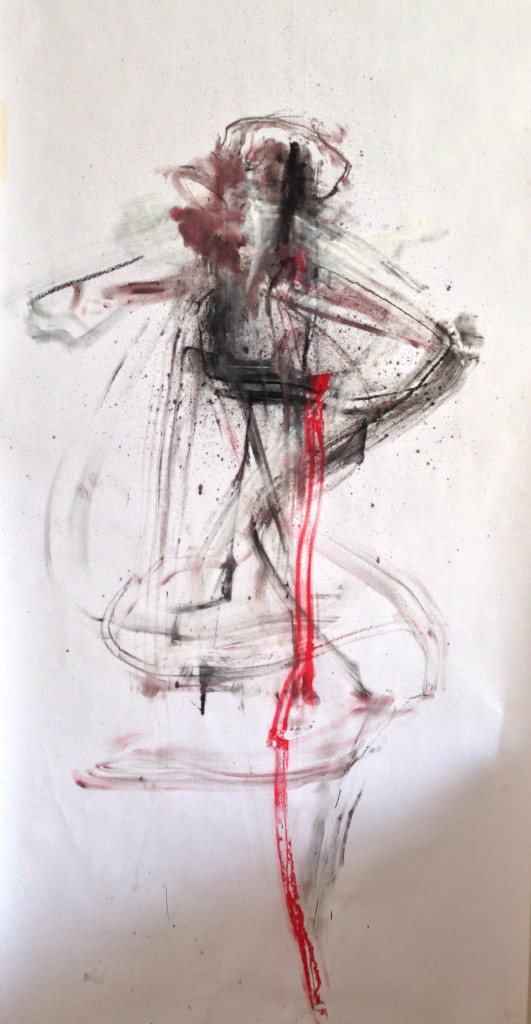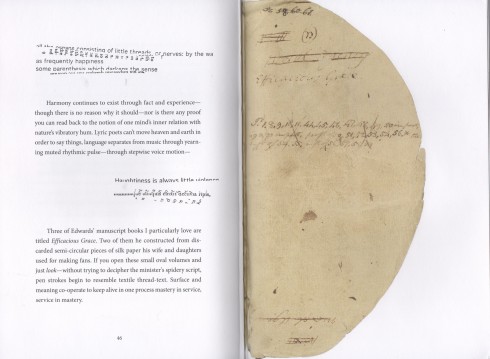Celan, Peyrafitte, Howe, Meyer.
With the serialization of The Malady of Islam taking up all weekdays (& will do for another couple of weeks), I’ll use Saturday’s post to list other items/events of interest.
1) A Review of Breathturn into Timestead in The Arts Fuse:
Fuse Poetry Review: “Breathturn into Timestead” — A Magnificent Guide to the Enigmatic Poetry of Paul Celan
Feb 25 2015
Once you have wrestled with Paul Celan, not against but along-side him in his poetry, you may find yourself with a changed and sharpened sensibility to image and language.
By Kai Maristed
A few days ago I was shopping in a big department store in Munich. At the cash register I set down the thick book of poetry (over 700 pages with annotations, thank you) that I’d been lugging around all morning. Quietly, almost under her breath, the clerk said, “Ach! Paul Celan.”
I looked at her. Mid-forties, buttoned-up cardigan, short curly hair. Clear pale eyes. “You know Celan?”
With a small smile, she recited from memory: Schwarze Milch der Fruehe wir trinken sie abends / wir trinken sie mittags und morgens wir trinken sie nachts… (‘Black milk of daybreak, we drink it in the evening / we drink it at noon and in the morning we drink it at night…) These are the first lines of Celan’s extraordinary poem, Todesfuge. (Death Fugue) Worked on for at least a year, published in his early collection Poppy and Memory, this ferocious, beautiful lyric challenged the famous statement by philosopher Theodor Adorno, that “to write a poem after Auschwitz is barbaric.”
[ctd here]
2) Nicole Peyrafitte’s performance at The Poetry Project on Wednesday 25 February.
To see how the image below was created, check out the documentation & video on the blog, here.
3) A few books it has been my pleasure to spend some time with this past week:
— Susan Howe, Spontaneous Particulars / The Telepathy of Archives. (Christine Burgin/New Directions 2014). Sumptuous stroll through the natural landscape of a library cormorant. If you are unconvinced that poems descend from other poems, that texts generate texts, that archives don’t entomb the dead but enliven the live, then spend some time with this book.
— Thomas Meyer, Essay Stanzas (The Song Cave, 2014) Meyer — maybe my generation’s least well-known master-poet of the lyric imagination — gathers 4 sequences in this book which, as Peter O’Leary suggests, “compress Orphic oracle, Faustian apocalypse, oneiric pageant, invented fable, wisdom literature, cryptic joke, disturbing aphorism, epigrammatic wit and nervous ruin.” Here two (near random fragments) from the sequence “Kept Apart:”
a poet said
pointing to a dark spot
on the moon
that’s blck money
carried there by
dead traders
who fled earth
but in fact
those thieves
and smugglers
left their loot here on earth
and paid interets on that sum
with their deserted bodies
that poor innocent moon
must put up with these stories
that cause him such deep griefcut and broken
shaped and chipped
stone becomes statue
yet we hear about
how every road
is lined with
unhewn
godsEverybody remembers money
even at the point of death
even so tirelessly charity
works away
past
the last
breath



 Poasis II: Selected Poems 2000-2024
Poasis II: Selected Poems 2000-2024 “Todesguge/Deathfugue”
“Todesguge/Deathfugue” “Interglacial Narrows (Poems 1915-2021)”
“Interglacial Narrows (Poems 1915-2021)” “Always the Many, Never the One: Conversations In-between, with Florent Toniello”
“Always the Many, Never the One: Conversations In-between, with Florent Toniello” “Conversations in the Pyrenees”
“Conversations in the Pyrenees” “A Voice Full of Cities: The Collected Essays of Robert Kelly.” Edited by Pierre Joris & Peter Cockelbergh
“A Voice Full of Cities: The Collected Essays of Robert Kelly.” Edited by Pierre Joris & Peter Cockelbergh “An American Suite” (Poems) —Inpatient Press
“An American Suite” (Poems) —Inpatient Press “Arabia (not so) Deserta” : Essays on Maghrebi & Mashreqi Writing & Culture
“Arabia (not so) Deserta” : Essays on Maghrebi & Mashreqi Writing & Culture “Barzakh” (Poems 2000-2012)
“Barzakh” (Poems 2000-2012) “Fox-trails, -tales & -trots”
“Fox-trails, -tales & -trots” “The Agony of I.B.” — A play. Editions PHI & TNL 2016
“The Agony of I.B.” — A play. Editions PHI & TNL 2016 “The Book of U / Le livre des cormorans”
“The Book of U / Le livre des cormorans” “Memory Rose Into Threshold Speech: The Collected Earlier Poetry of Paul Celan”
“Memory Rose Into Threshold Speech: The Collected Earlier Poetry of Paul Celan” “Paul Celan, Microliths They Are, Little Stones”
“Paul Celan, Microliths They Are, Little Stones” “Paul Celan: Breathturn into Timestead-The Collected Later Poetry.” Translated & with commentary by Pierre Joris. Farrar, Straus & Giroux
“Paul Celan: Breathturn into Timestead-The Collected Later Poetry.” Translated & with commentary by Pierre Joris. Farrar, Straus & Giroux
Susan Howe, Spontaneous Particulars / The Telepathy of Archives. (Christine Burgin/New Directions 2014).
The Telepathy of Archives! what a fantastic phrase and partial title… which itself speaks ‘volumes’ of the great metaphorical (and real) archive being addressed.